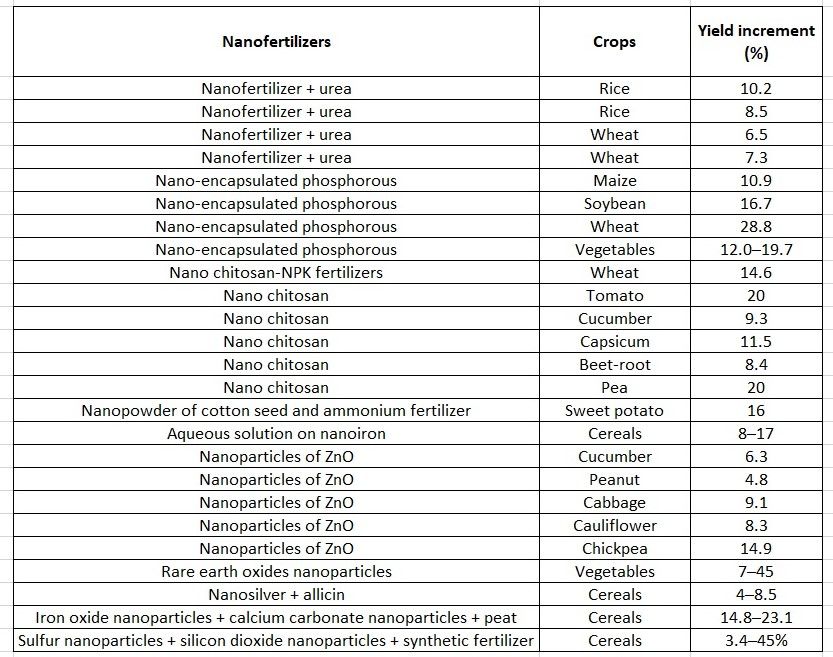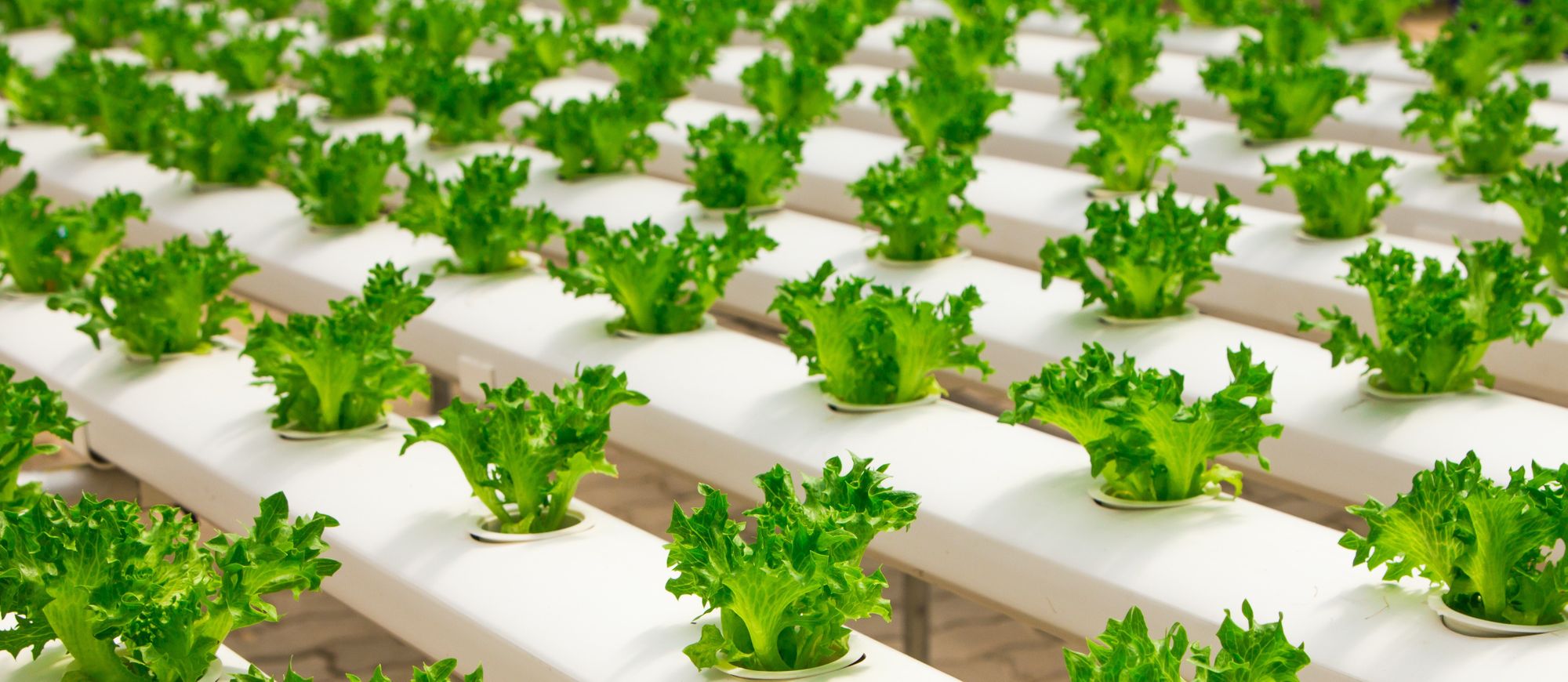When many farmers think of sustainable crop nutrition, they think of organic fertilizers, they think ‘bio’, they think manure. But modern farming has come a long way since the need to buy a horse and a shovel.

As a recent report in the technology journal AzoNano, notes, “Sustainable agriculture demands minimal use of agrochemicals. Advanced nanoengineering techniques are being used to overcome an agricultural crisis by developing an improved crop production system that assures sustainability.”
Specifically observing that, “Nanomaterials improve the productivity of crops and efficiently regulate the delivery of nutrients to plants and targeted sites, guaranteeing the minimal usage of agrochemicals.”
On an environmental level, therefore, nanofertilizers have advantages over conventional fertilizers in three main ways.
1. They are more efficient at using the planet’s mineral resources.
2. They minimize the amount of fertilizer that is not taken up by the plant, thereby limiting atmospheric emissions that pollute the air as well as reducing run off and leaching that pollutes seas and waterways.
3. The smaller volume of nanofertilizers required for each acre of crops reduces the energy required for production. Whereas a 2018 report by the International Fertilizer Association, states that current production of bulk fertilizers, “… are estimated to represent about 1.5 % of global GHG (greenhouse gas) emissions…”, nanofertilizers’ smaller volume produces less emissions from production. Less fertilizer bulk/weight per acre also minimises the energy required for transportation and application.
The increased efficiency of nanofertilizer use was highlighted in a recent study called ‘Nano-Fertilizers for Sustainable Crop Production under Changing Climate: A Global Perspective’.
Notably, this research consolidated previous nanofertilizer studies and compared that work with data on conventional fertilizers, finding that:
· Nanofertilizers allow for controlled release of nutrients and can be created to gradually feed crops over a required time frame. For example, polymer coated nanofertilizers ‘avoid premature contact with soil and water owing to thin coating encapsulation of nanoparticles.’
· Nanofertilizers are more soluble and diffuse more easily than their larger bulk counterparts.
· The smaller size of nanofertilizer mineral particles allows for more efficient absorption by plants. Specifically, nanoparticles are able to pass through the nano sized pores on leaves, as well as through molecular transporters in plants. Their small size also allows them freer movement in the root exudate, in ion channels, and even through plasmodesmata.

Ultimately, the study concluded that, “modern profit-oriented farming systems encompassing nitrogenous fertilizers have efficiency of only 45–50%, while the corresponding figure for phosphorous fertilizers has been reported to be only 10–25%.”
Conversely, “Nanofertilizers applied alone and in conjunction with organic materials have the potential to reduce environmental pollution owing to significantly less losses and a higher absorption rate. In addition, nanomaterials were recorded to improve germination rate, plant height, root development and number of roots, leaf chlorophyll and fruits antioxidant contents.”
Evidence of the success of nanofertilizers can be seen across a wide spread of research into productivity, as the table here shows.

While this data lays clear that nanofertilizers can improve crop yields in a variety of ways with a wide range of plants, there are still some notable drawbacks that the nanofertilizer industry needs to tackle.
For example, the ready availability of nanofertilizers in the marketplace is still relatively limited. Conventional fertilizers dominate sales for both industrial and retail use, and while the sales gap is closing, nanofertilizer suppliers need to find a way to make their products a mainstream crop nutrition choice. To help resolve this, production capacity for nanofertilizers needs to increase if wide scale adoption is to seriously compete with traditional crop nutrition methods. The nanofertilizer market needs the economies of scale currently enjoyed by the conventional fertilizer sector.
Additionally, compared to the centuries-old knowledge of bulk fertilizers, our understanding of nanofertilizers is still growing. As a result, legislation and associated risk management are still being developed.
This lack of legislation has led to numerous products being promoted as nano which are in fact submicron and micron in size. Similarly, an absence of recognized formulation and standardization of product has led to inconsistencies across the market, not least in establishing that each nanofertilizer product contains particles of uniform size.

While the disadvantages of the nanofertilizer industry and its products are laid clear, so too is the economic and environmental evidence for their application.
Given the balance of this data, it is surprising that nanofertilizer use is not more widespread.
But ultimately and perhaps most simply put, nanofertilizers offer the agricultural industry a direct route to solving its two greatest challenges: feeding a growing population while at the same time developing sustainable, carbon-neutral farming.
That is why crop nutrition needs to be so small.
Photo credit: J Garget from Pixabay, Dave on Unsplash, Jatuphon Buraphon from Pexels & Pexels
